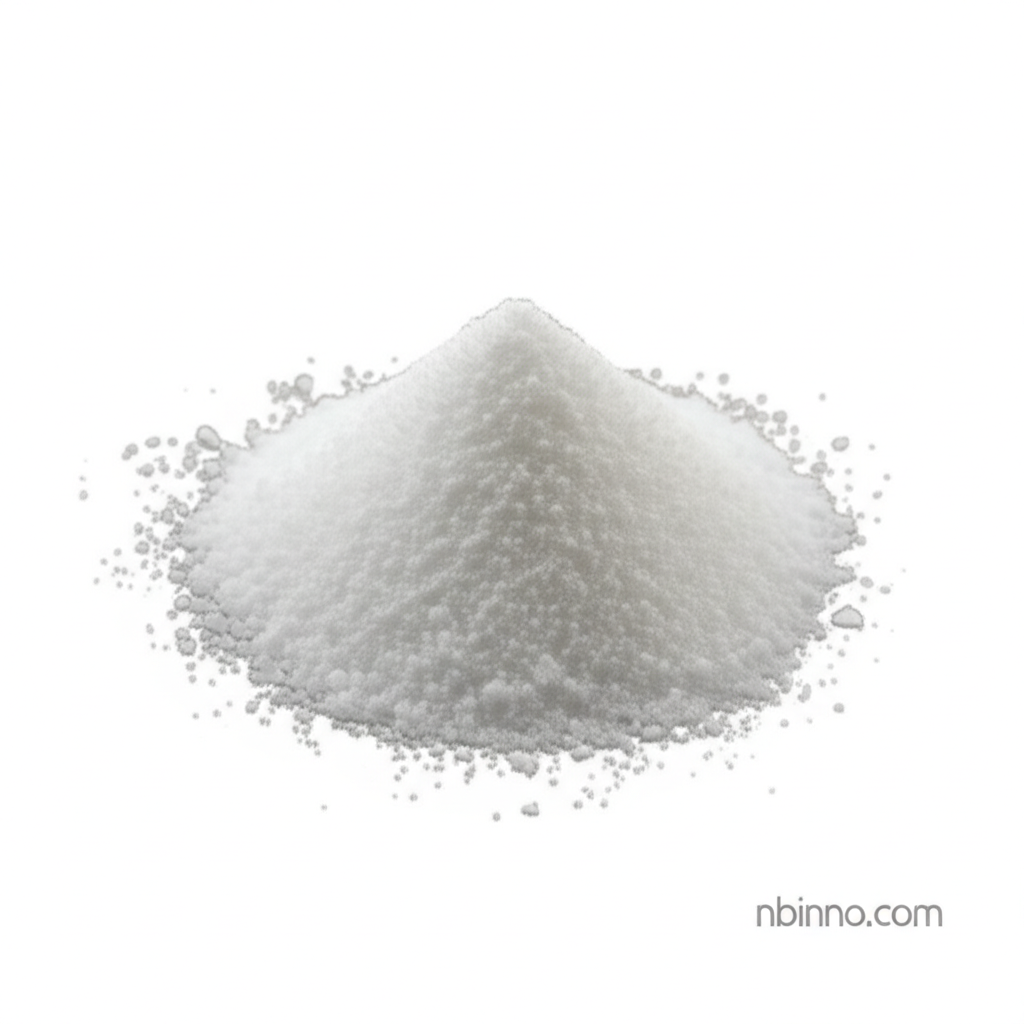N-Acetyl-L-proline: Properties, Applications, and Synthesis in the Chemical Industry
Discover the essential properties, diverse applications, and synthesis pathways of N-Acetyl-L-proline (CAS: 68-95-1).
Get a Quote & SampleProduct Core Value

N-Acetyl-L-proline
N-Acetyl-L-proline is a vital derivative of L-proline, recognized for its white, crystalline powder form and distinct physical properties, including a melting point typically between 115-117°C. Its chemical stability and moderate solubility in solvents like methanol and water make it amenable to various chemical processes.
- Explore the critical role of N-acetyl-L-proline in pharmaceutical synthesis, aiding in the creation of compounds for treating neurological and cardiovascular conditions.
- Understand the N-acetyl-L-proline synthesis method, often involving L-proline and acetic anhydride, a key process for its availability in the chemical market.
- Investigate the N-acetyl-L-proline chemical properties, which are crucial for its function as a versatile intermediate in organic chemistry.
- Learn about N-acetyl-L-proline applications in peptide research, where it serves as a model for understanding peptide secondary structures.
Advantages of N-Acetyl-L-proline
Versatile Pharmaceutical Intermediate
Leverage N-acetyl-L-proline in the synthesis of pharmaceutical compounds, addressing a broad spectrum of health disorders. Its role as a building block is critical for developing advanced therapeutics.
Established Synthesis Pathways
Benefit from well-documented and efficient N-acetyl-L-proline synthesis methods, ensuring a reliable supply chain for manufacturers and researchers.
Key Reagent in Research
Utilize N-acetyl-L-proline in academic and industrial research settings for its predictable chemical properties and its utility in exploring peptide structures and interactions.
Key Applications
Pharmaceutical Synthesis
N-Acetyl-L-proline is extensively used as an intermediate in the synthesis of various pharmaceutical drugs, particularly those targeting the nervous, vascular, and musculoskeletal systems.
Peptide Chemistry
As a derivative of L-proline, it serves as a valuable tool in peptide chemistry, aiding in the study of peptide conformation and stability.
Biochemical Research
Its unique structure and properties make it a subject of interest in biochemical research, investigating enzyme mechanisms and metabolic pathways.
Custom Synthesis
The well-defined N-acetyl-L-proline chemical properties make it suitable for custom synthesis projects requiring high purity and specific molecular characteristics.
